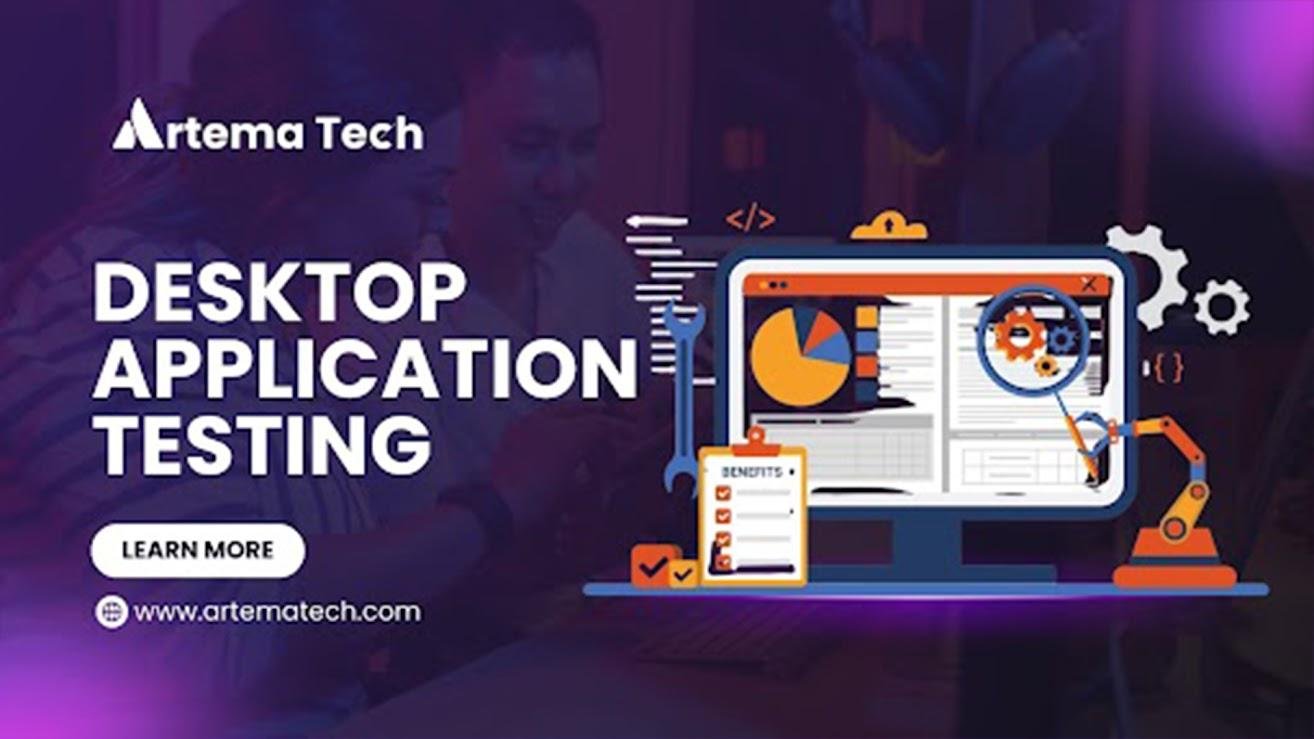Subtotal $0.00
Building a new desktop application is not easy; it requires hard work, patience, and consistency. It is a journey that starts from scratch and gradually progresses to the final desired product, with new features being added over time. However, the story doesn’t end there. If the application is not tested and maintained regularly, it will fail. Testing and maintenance are just as important as development.
Unfortunately, many software engineers rarely allocate time for testing and are often discouraged from prioritizing it, which leads to wasted effort and money. Apps that neglect testing don’t stand out for long. It’s like flying an airplane without testing its components.
Testing is a crucial process to identify and resolve errors at any stage during app development. It involves the evaluation and verification of the features designed to run the application. In this blog, you will better understand the different approaches and testing levels involved in assessing a desktop application.
Different Approaches:
A desktop application development company has used several approaches to test an application. Let’s examine them and see how we can use them.
Test-Driven Development (TDD):
In the Test-Driven Development technique, a developer writes special codes for the test and the corresponding feature. If the code for the feature is missing, the test will fail. If necessary, changes can be made manually to the code. In this way, the developer can implement and test the features individually. This process is called red-green refracting.
Behavior-Driven Development (BDD):
BDD is a form of acceptance testing that checks whether the software works as expected. It focuses on the workflow of developers and end users by using a common language to facilitate collaboration between their needs.
BDD works by gathering user stories to determine the app’s needs. These stories help evaluate how a feature should work from the user’s point of view and also provide acceptance criteria for the feature. With these stories, one can write authentic code, a documentation that explains how the feature functions. It helps implement the tests for apps in a way that ensures that the features meet the client’s expectations.
Levels of Testing:
Testing an app is not easy. Different levels of app development should be implemented one by one for a comprehensive evaluation. All desktop application development services worldwide follow these levels of testing.
Unit testing: It develops the individual functions in the code to ensure that each function works according to expectations. It is like developing a vehicle, and you want to check that each piece of the car is in the correct order.
Functional testing: It involves the combination of functions to ensure that the functions within the components work well together. It is just like when you want to check that a car’s brakes are installed correctly when the pedals are applied.
Integration testing: It involves combining components that support a feature to ensure their efficiency and collaboration. It is the most comprehensive form of app testing, examining the performance of the whole app, not just a component or a function. It is also known as end-to-end testing.
In some cases, only integration testing is preferred because it can cover most of the codes.
Conclusion:
Writing tests for your desktop application is essential to avoid errors in advance. A software developer should follow the two types of test approaches and three levels of testing to develop a reliable, high-quality app. Any negligence in this regard would result in a waste of time and money.
Frequently Asked Questions:
-
Can I test my desktop application?
If you can develop a desktop application, you can check it independently.
-
Why testing is essential in desktop applications?
Desktop application development is a slow process with the progressive addition of new features. Testing is required at each step to ensure an error-free final product.
-
What is unit testing?
Unit testing develops the individual functions in the code to ensure that each function works according to expectations.
-
Which type of testing is best for a desktop application?
Integration testing is the best because it can cover most of the codes.

